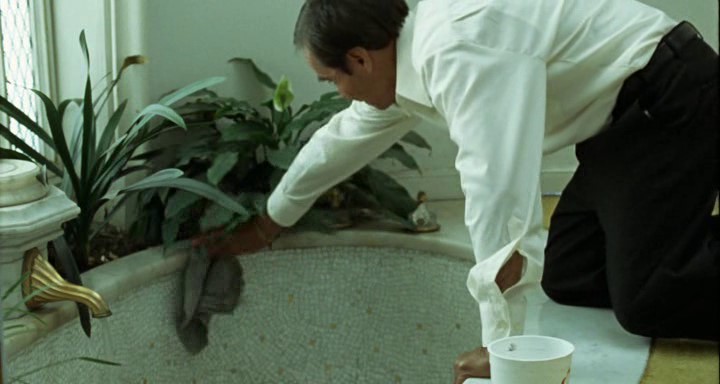Hacer visibles a las trabajadoras domésticas: estrategias cinematográficas en "Reimon" (Rodrigo Moreno, 2014) y "Parque vía" (Enrique Rivero, 2004)
Keywords:
Latin American cinema, representation, domestic workers, Argentinean cinema, Mexican cinema, labourAbstract
Domestic workers have traditionally occupied a secondary role in films and other fictional narratives, a circumstance that coincides with the neglect that this group has suffered in the Social Sciences as a whole. In the case of film fiction, these characters have imperceptibly, almost invisibly, carried out tasks aimed at the well-being of their employers and the protagonists of the stories. However, in more recent Latin American production, there has been a notable interest in intimate, everyday stories and domestic spaces, which has led to an increasing focus on domestic workers as prominent secondary characters and even protagonists.
This article analyses the narrative and formal strategies of two key films: Reimon (Rodrigo Moreno, 2014) and Parque vía (Enrique Rivero, 2008) and the way in which they visualise these workers in their particular contexts, the spaces they inhabit or pass through and their relationship with their employers, while problematising the very question of representation. Both films accompany Ramona and Beto in their daily journeys and in their work: the stories, characters, aesthetics and times of both are symptomatic of the cinema of their time and of the increasingly visible and central place that domestic workers occupy in contemporary and Latin American cinema.
Downloads

Downloads
Published
How to Cite
Issue
Section
License
Copyright (c) 2025 Minerva Campos Rabadán, Julie Amiot-Guillouet

This work is licensed under a Creative Commons Attribution-NonCommercial-NoDerivatives 4.0 International License.
Imagofagia adhiere a las diferentes iniciativas que promueven el acceso libre al conocimiento, por lo que todos los contenidos de la revista son de acceso libre y gratuito según la política de Creative-Commons de tipo Reconocimiento-NoComercial-SinObraDerivada 4.0.
Los autores conservarán la propiedad intelectual de los trabajos y concederán a Imagofagia el derecho de su primera publicación bajo las condiciones de dicha política. El envío de cualquier colaboración a la revista implica la aceptación de lo establecido en este documento y la autorización al Comité Editorial para incluirlo en su página electrónica, reimpresiones, colecciones y en cualquier otro medio que permita lograr una mayor y mejor difusión de la publicación.
Luego de su publicación en Imagofagia, los autores podrán republicar sus trabajos o distribuirlos libremente en forma electrónica mencionando su aparición inicial en esta revista.




















